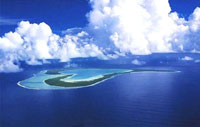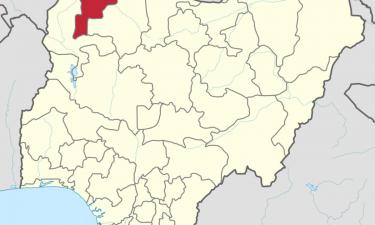World's Ocean Temperatures Are Highest on Record
Average temperatures of waters at the oceans’ surface in July were the highest ever recorded, the National Oceanic and Atmospheric Administration said. The agency said the average sea surface temperature was 1.06 degrees higher than the 20th-century average of 61.5 degrees.

The agency also said that, on average, Arctic sea ice covered 3.4 million square miles in July, 12.7 percent below the 1979-2000 average and the third lowest on record, after 2007 and 2006, New York Times reports.
Those careless Cro-Magnon just didn’t have good thermometers. However, ice core samples tell us some of what’s happened in previous temperature shifts Here’s what NOAA has to say: “The planet’s ocean surface temperature was the warmest on record for July, breaking the previous high mark established in 1998 according to an analysis by NOAA’s National Climatic Data Center in Asheville, N.C. The combined average global land and ocean surface temperature for July 2009 ranked fifth-warmest since world-wide records began in 1880.
“The combined global land and ocean surface temperature for July 2009 was the fifth warmest on record, at 1.03 degrees F (0.57 degree C) above the 20th century average of 60.4 degrees F (15.8 degrees C).
“The global ocean surface temperature for July 2009 was the warmest on record, 1.06 degrees F (0.59 degree C) above the 20th century average of 61.5 degrees F (16.4 degrees C), ZDNet informs.
Breaking heat records in water is more ominous as a sign of global warming than breaking temperature marks on land, because water takes longer to heat up and does not cool off as easily as land.
"This warm water we're seeing doesn't just disappear next year; it'll be around for a long time," said climate scientist Andrew Weaver of the University of Victoria in British Columbia. It takes five times more energy to warm water than land, The Associated Press reports.
Subscribe to Pravda.Ru Telegram channel, Facebook, RSS!





